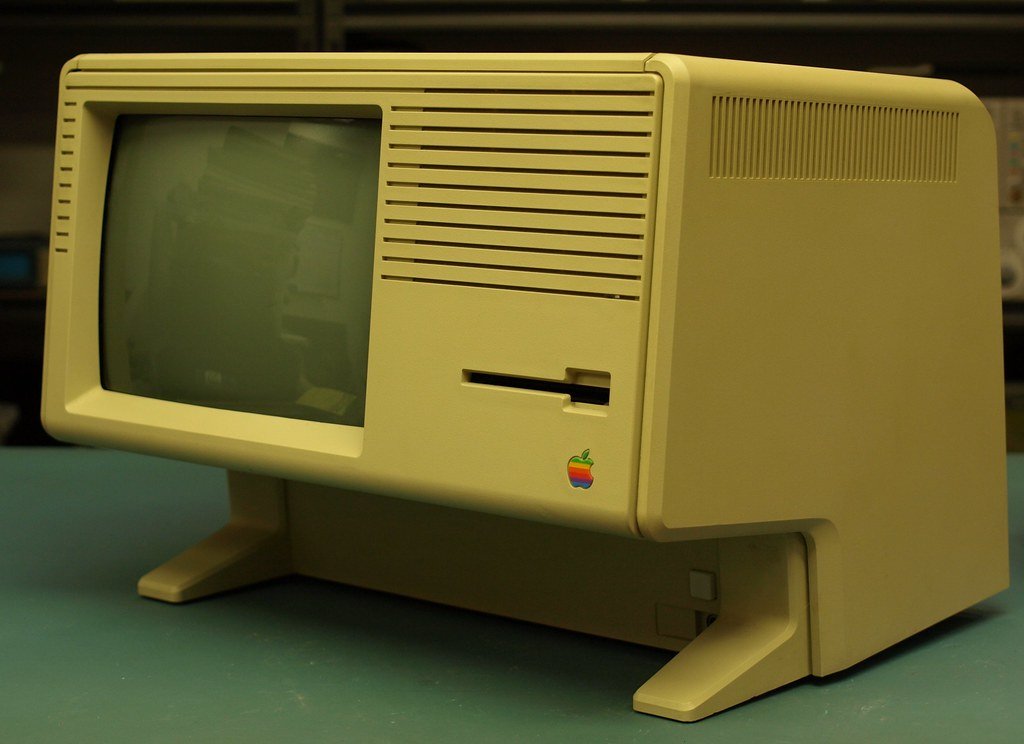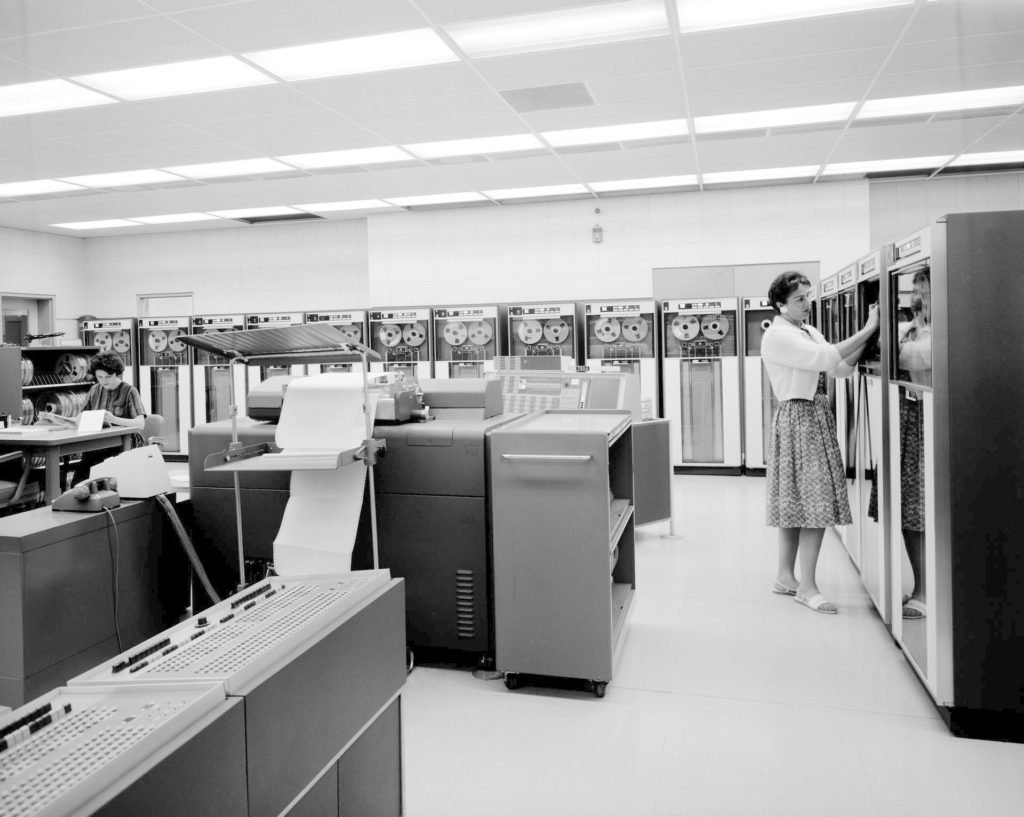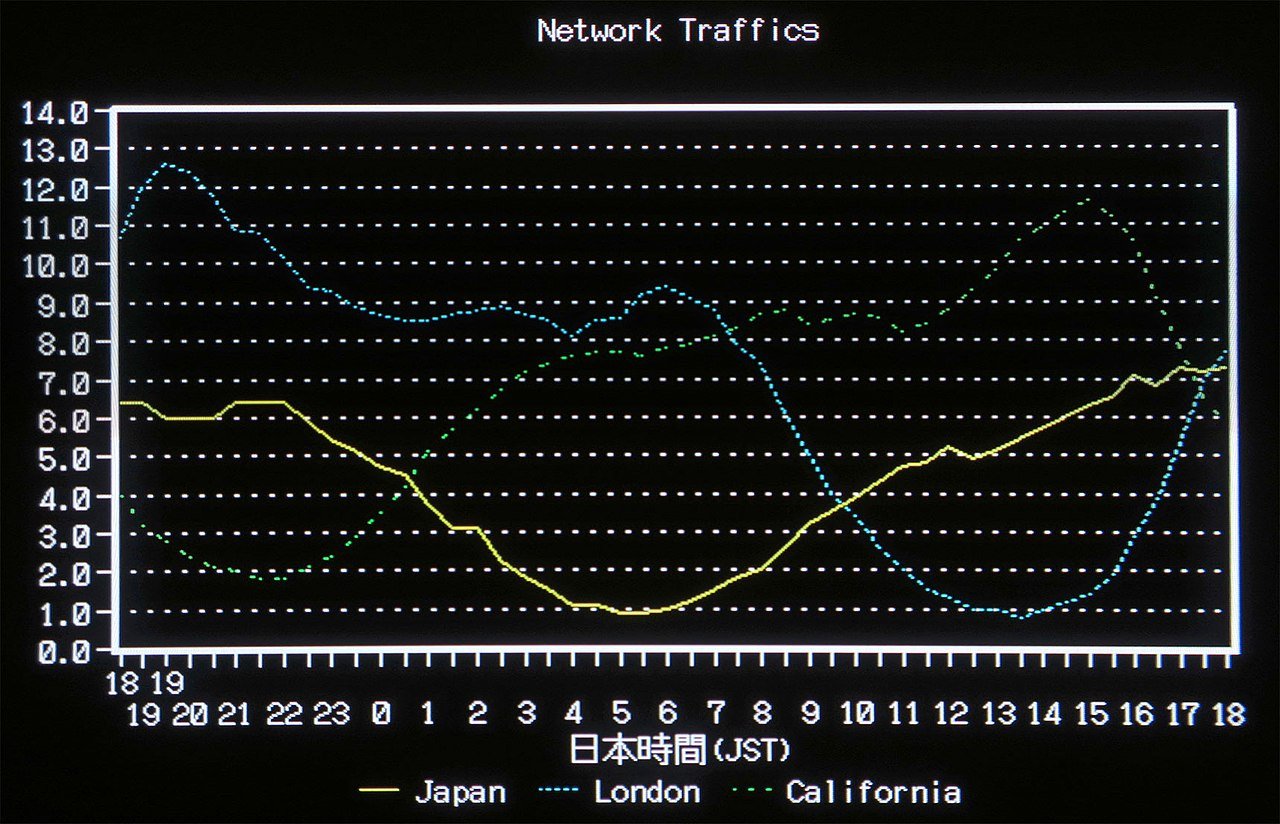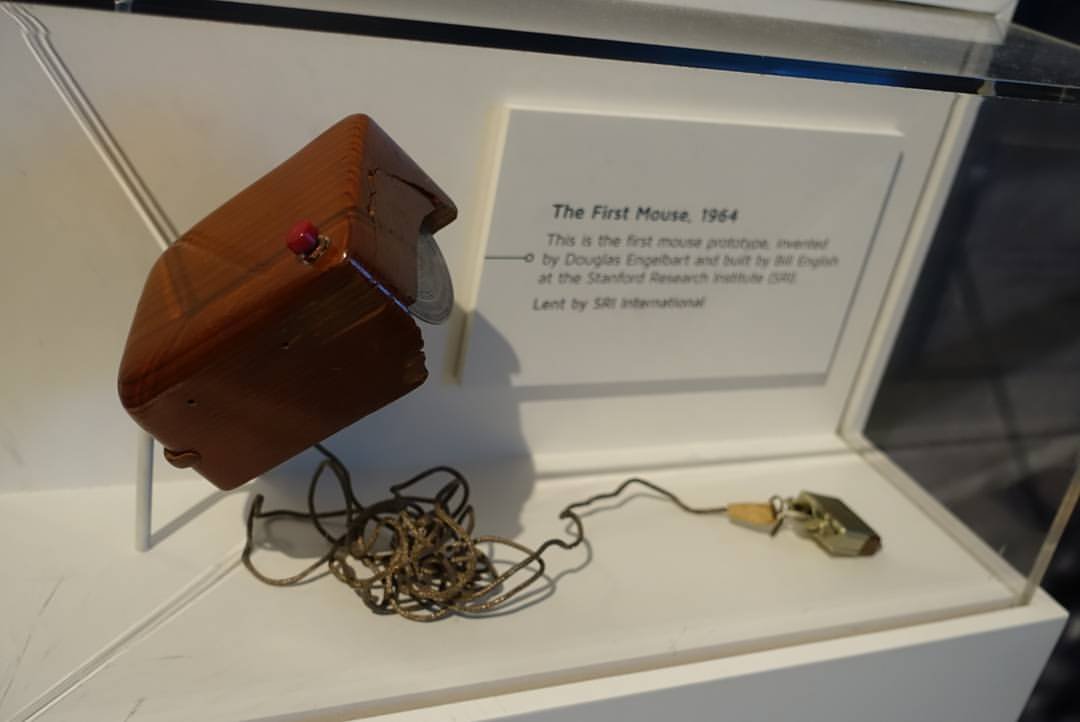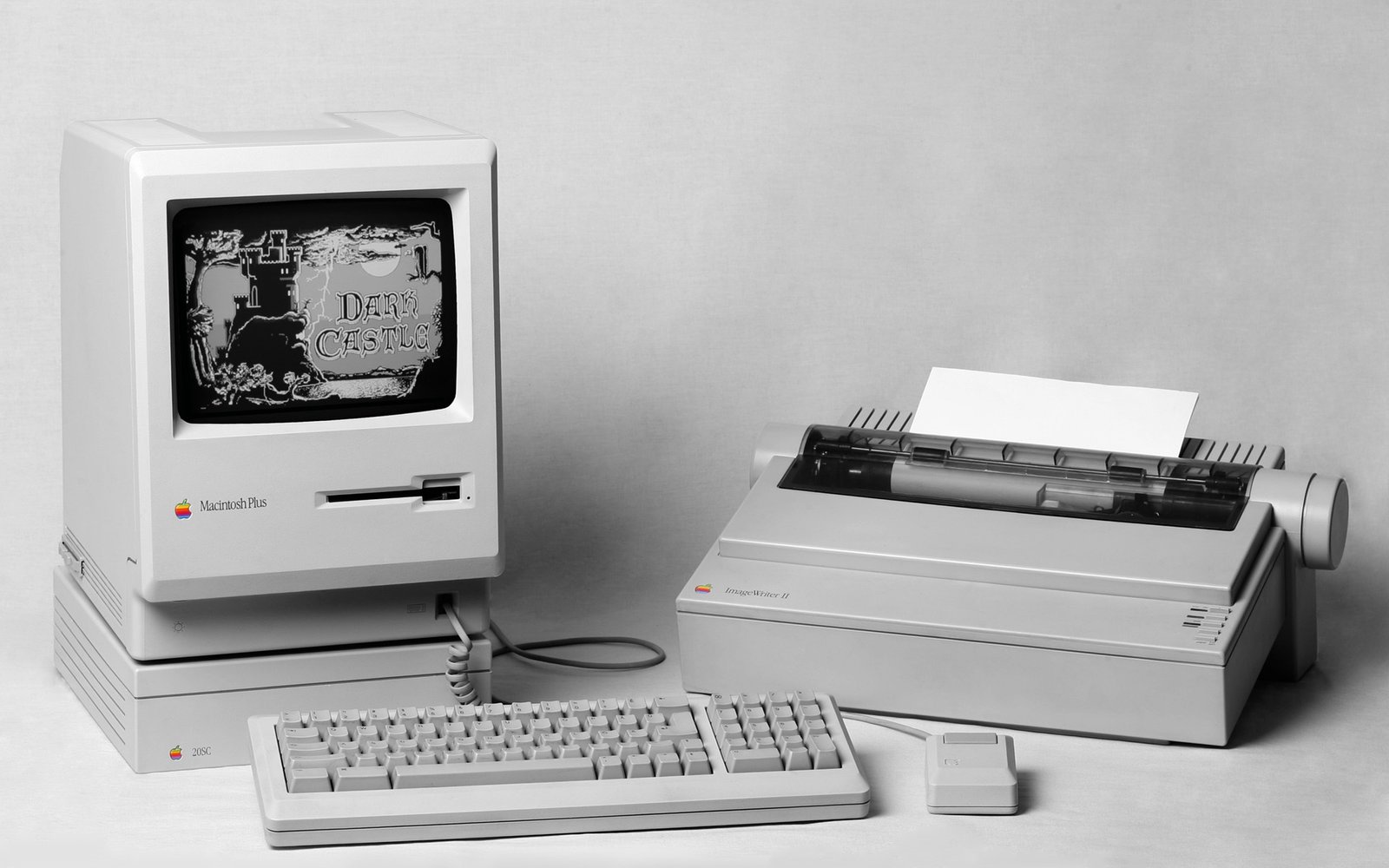The IBM 7090 stands as a pivotal milestone in the rich tapestry of computing history, marking a transformative era in the evolution of mainframe technology. Introduced by IBM in 1959, this transistorized behemoth succeeded the IBM 7090, ushering in a new era of computational capabilities. With a word length of 36 bits and a processing speed of approximately 100,000 instructions per second, the 7090 represented a quantum leap forward, leveraging the power of transistors over the vacuum tube technology prevalent in its predecessors.
One of the hallmark features of the IBM 7090 was its magnetic core memory, a cutting-edge innovation that significantly enhanced data storage and retrieval. The memory capacity, ranging from 32,768 to 98,304 words, provided ample space for scientific and engineering calculations, solidifying its status as a preferred choice for research institutions and laboratories.
The architecture of the IBM 7090 supported a diverse array of input/output devices, including card readers, printers, and magnetic tape drives. Its I/O channel architecture facilitated efficient data transfer between the main memory and peripheral devices, contributing to its versatility in handling a wide range of applications.
Programming on the IBM 7090 predominantly revolved around the Fortran language, which became synonymous with scientific computing during this era. Assembly language programming also thrived, allowing users to exert finer control over the hardware for specialized tasks.
As part of a family of compatible computers, including the IBM 7094 and the 7094 II, the 7090 offered a glimpse into the future of computing. Upgradable and adaptable, it played a crucial role in the advancement of early computer science, laying the groundwork for subsequent IBM mainframe models.
Table of Contents
Though eventually succeeded by the System/360 series in the mid-1960s, the IBM 7090 left an indelible mark on the trajectory of computing, contributing to the legacy of innovation that continues to shape the technological landscape today. This exploration delves into the intricacies of the IBM 7090, unravelling its architecture, capabilities, and enduring impact on the world of computing.
What was IBM 7090 used for?
The IBM 7090 was predominantly used for scientific and engineering computations, establishing itself as a workhorse for research institutions, laboratories, and academic settings. Its powerful processing capabilities and advanced features made it well-suited for a wide range of applications in the fields of physics, chemistry, astronomy, and other scientific disciplines. Researchers and scientists utilized the IBM 7090 to perform complex mathematical simulations, data analysis, and computational modeling.
The computer found applications in tasks such as weather prediction, nuclear research, and aerospace engineering. Its versatility was further evident in its ability to handle large-scale data processing, making it instrumental in scientific breakthroughs and technological advancements of its time.
Moreover, the IBM 7090 played a crucial role in supporting the emerging field of computer-aided design (CAD) and computer-aided engineering (CAE), paving the way for the integration of computers into various aspects of design and analysis processes.
The widespread adoption of the Fortran programming language on the IBM 7090 contributed to its dominance in scientific computing, providing a standardized platform for coding and running scientific applications. The legacy of the IBM 7090 lies in its significant contributions to advancing scientific research and computational capabilities during the formative years of computing.
What is the IBM in Hidden Figures?
In the movie “Hidden Figures,” IBM refers to International Business Machines Corporation, a renowned American multinational technology company. Set against the backdrop of the early 1960s during the Space Race, “Hidden Figures” follows the untold story of three brilliant African-American women mathematicians—Katherine Johnson, Dorothy Vaughan, and Mary Jackson—who worked at NASA.
IBM plays a significant role in the film as NASA introduces the IBM 7090 mainframe computer to aid in complex calculations required for space missions. The arrival of this advanced computing technology marks a pivotal moment in the narrative, reflecting the broader transition from human “computers” (individuals performing manual calculations) to the integration of electronic computers in space agency’s operations.
Dorothy Vaughan, portrayed by Octavia Spencer, takes the initiative to learn programming for the IBM 7090, foreseeing the impact of automation on her colleagues’ jobs. Her foresight and determination contribute to her becoming NASA’s first African-American supervisor. The inclusion of IBM in “Hidden Figures” highlights the intersection of technological progress, civil rights, and the indispensable role played by these brilliant women in advancing space exploration during a transformative period in American history.

What does IBM 7094 stand for?
The IBM 7094 was an advanced iteration in the IBM 700/7000 series of mainframe computers. The designation “7094” doesn’t have a specific alphanumeric meaning; rather, it is a model number that signifies its place in the series and its evolutionary status from the earlier IBM 7090. The “IBM” stands for International Business Machines, the company that designed and manufactured these mainframes.
Introduced in 1962, the IBM 7094 built upon the success and technological advancements of its predecessor, the IBM 709. It featured improvements in speed, memory, and overall performance. The 7094 employed a transistorized architecture, a significant departure from the vacuum tube technology used in earlier models.
The “4” in the model number often denoted the presence of a fourth core storage register, a feature that enhanced computational capabilities. The IBM 7094 was designed to handle a broad spectrum of scientific and engineering applications, offering increased processing speed and improved memory capacities.
Overall, the IBM 7094 was a key player in the transition from earlier mainframe models to more advanced computing systems, contributing to the legacy of IBM’s mainframe computing legacy.
IBM 7094: Advancing Mainframe Excellence
The IBM 7090 was a mainframe computer introduced by IBM in 1959 as the successor to the IBM 709. It was a member of the IBM 700/7000 series, which were early computers designed for scientific and engineering calculations. Here are some details about the IBM 7090:
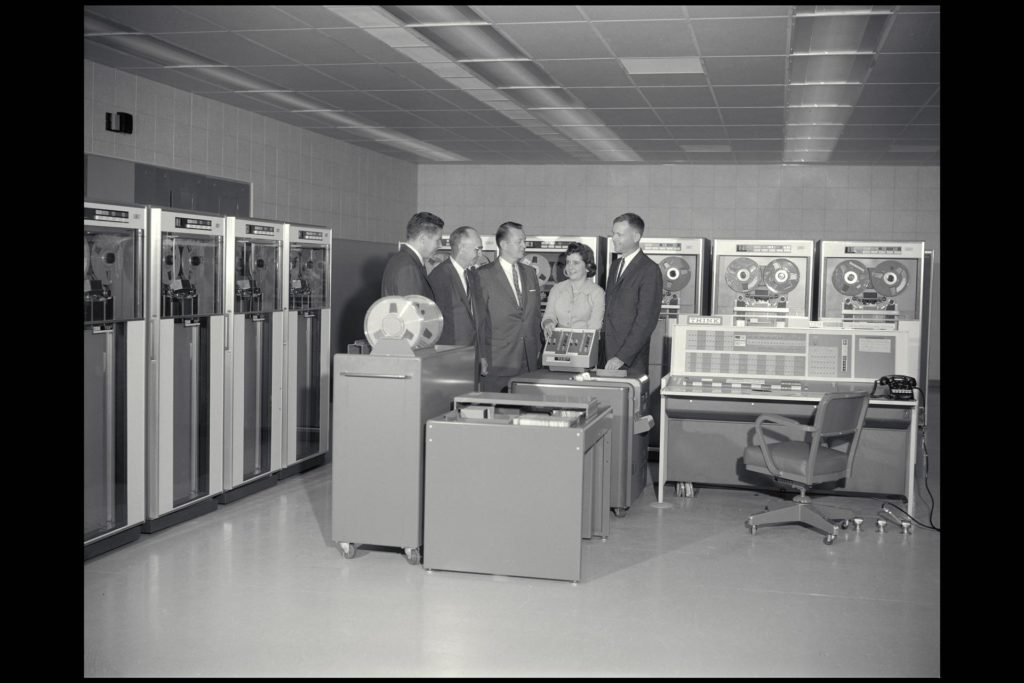
Architecture
The IBM 7090, introduced in 1959, represented a groundbreaking leap in computing technology, transitioning from the cumbersome vacuum tube architecture of its predecessors to a more efficient transistorized design. This shift marked a pivotal moment in the evolution of mainframes, as transistors offered greater reliability, reduced heat generation, and improved computational efficiency compared to the fragile and heat-intensive vacuum tubes.
Central to the 7090’s capabilities was its 36-bit word length, a significant expansion from earlier models. This enhancement allowed for more complex and intricate data processing, enabling scientists and engineers to tackle a broader range of computational problems. Instructions, the fundamental operations executed by the computer, typically occupied one or two words in this 36-bit architecture, streamlining the execution process and optimizing memory usage.
The transistorized architecture not only improved the overall speed and reliability of the IBM 7090 but also paved the way for subsequent advancements in computing technology. This shift laid the foundation for the widespread adoption of transistors in subsequent mainframe models, contributing to the overall trajectory of increased computing power and efficiency that continues to define the digital landscape today. The IBM 7090 stands as a testament to the relentless pursuit of innovation in early computing.
Speed and Performance
The IBM 7090, a pioneering mainframe computer introduced in 1959, outpaced its predecessor, the IBM 7090, with remarkable strides in processing speed. Boasting an execution speed of approximately 100,000 instructions per second, the 7090 represented a quantum leap in computational efficiency. This enhanced speed was a critical factor in its widespread adoption and recognition as a powerful computing system for its era.
Scientific and research institutions quickly embraced the IBM 7090 due to its exceptional capabilities. The machine’s prowess in handling complex calculations and data-intensive tasks made it an invaluable tool for a wide range of scientific endeavours. Researchers and engineers leveraged its advanced features to perform simulations, mathematical modelling, and other computationally intensive tasks crucial to their work.
The 7090’s significance extended beyond mere speed; it marked a pivotal moment in the evolution of computing, transitioning from vacuum tube technology to a more efficient transistorised architecture. Its impact on scientific research, coupled with its enhanced processing capabilities, solidified the IBM 7090 as a cornerstone in the foundation of modern computing, influencing subsequent generations of mainframe systems and contributing to the rapid advancement of computational technology.
Memory
The IBM 7090’s fundamental innovation lay in its adoption of magnetic core memory, a significant leap forward from the magnetic drum memory prevalent in its predecessors. This transition marked a pivotal moment in computing history, as magnetic core memory offered enhanced reliability, speed, and efficiency in comparison to the earlier technology.
Unlike the sequential access nature of magnetic drum memory, magnetic core memory allowed for random access to data, drastically reducing retrieval times and improving overall system performance. Comprising tiny magnetised ferrite cores, this form of memory stored binary information by altering the magnetic polarity of individual cores.
The 7090’s memory configuration was adaptable, catering to diverse computational needs. The memory capacity ranged from 32,768 words (equivalent to 1 megabyte) to 98,304 words (3 megabytes), providing a substantial increase in storage capabilities. This expansion facilitated the processing of complex scientific and engineering calculations, making the IBM 7090 a preferred choice for research institutions and laboratories.
The introduction of magnetic core memory in the IBM 7090 not only addressed the limitations of earlier memory technologies but also paved the way for subsequent advancements in mainframe computing. Its impact on memory architecture set a precedent for the industry, influencing the design of future generations of computers and contributing to the evolution of modern computing systems.
Input/Output
The IBM 7090, a pioneering mainframe computer introduced in 1959, showcased a remarkable versatility in supporting a diverse range of input/output (I/O) devices, underscoring its significance in scientific and engineering computing. Among the peripherals it seamlessly integrated were card readers, printers, and magnetic tape drives. These devices played critical roles in data input, output, and storage, facilitating the execution of a myriad of computational tasks.
A notable feature enhancing the efficiency of the IBM 7090’s I/O operations was its I/O channel architecture. This architectural innovation served as a dedicated pathway for the swift and streamlined transfer of data between the main memory and various peripheral devices. By employing this specialized I/O channel, the 7090 optimized data communication, minimizing bottlenecks and enhancing overall system performance. This architecture not only expedited the processing of information but also laid the groundwork for future mainframes, influencing the design principles of subsequent computing systems.
The IBM 7090’s robust support for multiple I/O devices, coupled with its sophisticated I/O channel architecture, positioned it as a versatile and efficient workhorse for scientific and computational endeavors, leaving an indelible mark on the landscape of early computing.
Programming
The programming landscape of the IBM 7090, a pioneering mainframe computer introduced in 1959, was characterized by the widespread use of Fortran and assembly language. Fortran, short for Formula Translation, emerged as a dominant language for scientific and engineering applications on the 7090. Its syntax and structure were specifically designed to facilitate mathematical and scientific computations, making it well-suited for the complex calculations required in research and engineering endeavors. Fortran’s high-level abstractions allowed programmers to express mathematical algorithms more intuitively, enhancing productivity and readability of the code.
In addition to Fortran, assembly language programming was a common practice on the IBM 7090. Programmers leveraged assembly language to exert finer control over the hardware, optimizing code for efficiency and performance. Unlike Fortran, assembly language provided a closer correspondence to the machine’s architecture, enabling programmers to manipulate registers and memory directly. This level of control was crucial for tasks where efficiency and precision were paramount, as it allowed programmers to tailor their code to the specific characteristics of the IBM 7090’s hardware architecture.
The dual utilization of Fortran and assembly language reflected the versatile programming environment of the IBM 7090, accommodating both the high-level needs of scientific applications and the low-level demands of hardware optimization. This adaptability contributed to the 7090’s success across a broad spectrum of computational tasks in diverse fields, solidifying its place in the annals of computing history.
Compatibility and Upgrades
The IBM 7090, a prominent member of the IBM 700/7000 series, was not an isolated entity but part of a family of compatible computers that collectively advanced the landscape of computing during the late 1950s and early 1960s. Its successor, the IBM 7094, continued the legacy, introducing enhancements and refinements to the original architecture. The subsequent IBM 7094 II further exemplified the evolutionary nature of this computing lineage, incorporating advanced features to meet the growing demands of scientific and engineering applications.
What set these models apart was their compatibility, allowing software developed for the IBM 7090 to transition to the newer iterations seamlessly. This ensured a smooth migration path for users looking to capitalize on improved performance and capabilities without undergoing a complete overhaul of their existing systems.
One of the key strengths of this family of computers was its upgradability. Users had the flexibility to enhance system functionality by incorporating additional peripherals and integrating improved processors. This modularity not only extended the lifespan of these mainframes but also provided a cost-effective means for institutions to stay at the forefront of computing technology.
Legacy
The IBM 7090 stands as a cornerstone in the annals of early computer science and technology, playing a pivotal role in shaping the trajectory of computational innovation. Introduced in 1959, this transistorized mainframe computer marked a transformative leap forward from its predecessor, the IBM 709, harnessing the power of transistors for enhanced speed and efficiency. Its impact reverberated across research institutions and laboratories, where it became instrumental in conducting complex scientific and engineering calculations.
The success of the IBM 7090 laid a formidable foundation for the subsequent evolution of IBM mainframe models. Its advancements in architecture, including a 36-bit word length and magnetic core memory, set a precedent for future computing systems. As a testament to its legacy, the 7090 paved the way for the introduction of the IBM 7094 and, ultimately, the groundbreaking System/360 series in the mid-1960s.
The IBM 7090’s enduring significance lies in its role as a trailblazer, shaping the landscape of computing capabilities and propelling the industry toward greater heights. Its contributions echo through time, as it not only met the computational demands of its era but also laid the groundwork for continuous evolution and innovation that defines modern computing.
Retirement
The IBM 7090, a pioneering force in the early landscape of mainframe computing, eventually succumbed to the relentless march of technological progress. As the 1960s unfolded, newer and more powerful mainframes emerged on the scene, rendering the 7090 obsolete in comparison. The swift pace of innovation demanded computing systems with enhanced capabilities, and the 7090, though once cutting-edge, could no longer keep pace with the evolving demands of the computing landscape.
In a strategic move to usher in a new era of computing, IBM introduced the System/360 series in the mid-1960s. This series represented a revolutionary shift, offering compatibility across a range of models and providing scalability that allowed businesses to choose a system tailored to their specific needs. The introduction of the System/360 marked a paradigm shift in the industry, and its architecture laid the groundwork for the modern mainframe era. Consequently, the IBM 7090 gracefully stepped aside, making way for the System/360 series to take centre stage and redefine the trajectory of mainframe computing for years to come. The retirement of the IBM 7090 symbolized the inevitable evolution of technology, highlighting the ceaseless quest for more powerful and adaptable computing solutions in the dynamic world of information technology.
The IBM 7090 stands as a historic milestone in computing, embodying the crucial transition from vacuum tubes to transistors. Its introduction marked a revolutionary shift, showcasing remarkable advancements in-memory technology and processing speed. The adoption of transistors not only enhanced reliability but also significantly increased computational capabilities. The magnetic core memory, a hallmark feature, revolutionized data storage. Operating at a speed of about 100,000 instructions per second, the 7090 became a powerhouse for the scientific and engineering applications, shaping the landscape of computational research during its operational years. Beyond its immediate impact, the 7090’s legacy endures in the ongoing development of mainframe computing by IBM. It symbolizes a pivotal juncture in the relentless pursuit of technological progress, leaving an indelible mark on the trajectory of computing history.
